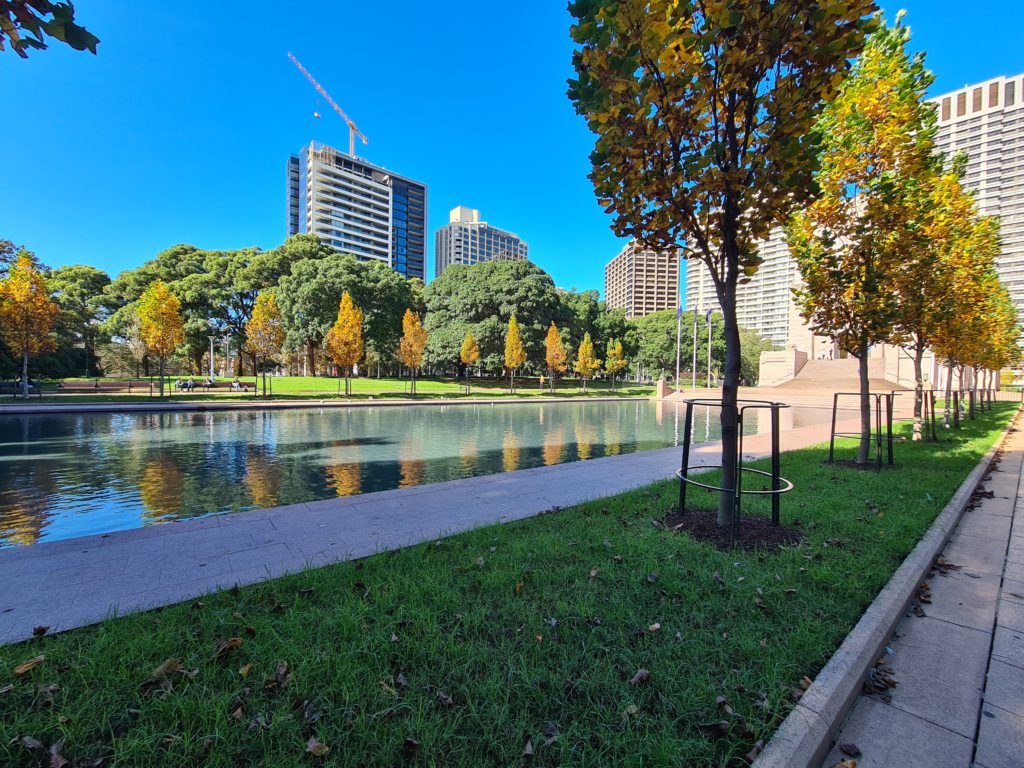Being in nature is excellent for human mental health. In a time of computers, streaming entertainment and cubicles, it’s easy to forget to enjoy the physical and mental health benefits of urban parks. Inviting outdoor environments can encourage people to enjoy nature amidst the hustle and bustle of city life. Here are some of the many health benefits of urban green spaces.
They Encourage Exercise
Being outside encourages people to exercise, improving physical fitness and stimulating the body’s mood-boosting hormones. Our bodies are made to move, but advances in technology and society increase your chances of becoming sedentary. Urban green spaces and parks provide opportunities to walk, jog, bike and play; all excellent forms of exercise.
A recent survey showed that more people prefer to get their movement outside. Having a park or green space a few minutes away from work or home can increase the likelihood of someone choosing to exercise.
Exercising can strengthen your bones and muscles, improve cardiovascular and respiratory health and flexibility, and strengthen your immune system. It also puts you at a lower risk of obesity, diabetes, heart disease and cancer. Just 150 minutes per week can significantly improve your health.
You Can Breathe Easier
The urban environment releases many carbon emissions between transportation, waste and energy use. The impacts aren’t just on the environment but on your lungs. Studies indicate that particulate matter from carbon emissions triggers many respiratory conditions, including persistent coughing, asthma, infections and even decreased lung function. While going to a park isn’t a cure for a medical emergency, spending time around nature can help reduce your risk of these conditions.
Trees and plants absorb carbon from the air and release oxygen. Concrete jungles significantly contribute to atmospheric emissions, partly due to the lack of greenery. Adding small parks and green spaces to cities can reduce the heat island effect and improve the lives of those living there and miles away.
Research shows that plants absorb around 30 percent of the planet’s carbon emissions. Choose grasses and plants that naturally grow in the climate to offset the most urban carbon. The native plants require less transportation and care since they can thrive in the environment.
They Can Boost Your Vitamin D Levels
Vitamin D is essential for our bodies, but many don’t get enough. Around one million people across the globe are deficient in it, and 50% of humans are insufficient.
The nutrient can have direct impacts on both your physical and mental health. It is vital to your body’s calcium absorption, which helps reduce your risk of bone fractures and osteoporosis. It also plays a role in strengthening your immune system to fight infections. It helps regulate insulin levels and can boost energy. People who get enough vitamin D are at a lower risk of developing depression.
An easy way to get more vitamin D is through sunlight. Most healthy adults can use around 800 international units (IUs) daily. Direct sunlight for 30 minutes daily can help you produce that amount. When parks are easily accessible, it encourages people to get outside and enjoy the sunshine.
Natural Light is Better for Your Eyes
Natural light is easier on the eyes than artificial alternatives. While indoor lights are great for getting things done after dark, avoiding them during the day can improve your eye health.
Research shows that sunlight is essential to an eye’s continual development. Maintaining eye health is necessary as you age and staring at devices or constantly seeing artificial light can increase your risk of eye strain. How your eyes perceive artificial light can increase your chance of headaches and experiencing blurry vision.
Viewing items in harsh light can increase your stress and anxiety levels. Experts encourage natural light in workplaces because it can boost productivity while reducing those emotions. Spending time in a park or greenspace reduces the time someone spends in artificial light.
Being in sunlight also boosts your vitamin D levels, reducing your risk of eye conditions like cataracts and glaucoma.
They Provide Opportunities to Strengthen Relationships
Spending time outdoors can eliminate things that divide us. It’s easier than ever for humans to neglect relationships with family and friends by staring at smartphones and televisions, ordering food and groceries on applications, browsing the internet or coming up with the next great social media post.
Humans need nature not just for personal health but also for healthy relationships. Physically being together away from electronics can encourage deeper conversations, laughter and intimacy. For parents, it can provide a deeper connection with their children through embracing educational play, bike riding and bird watching.
The established mental health benefits of being in nature can help couples, family and friends navigate conflict with cooler heads–helping everyone feel safe to speak their minds and calmly articulate their points.
Water Features Can Calm the Mind
Many green spaces have fountains or other water features that can also calm you down.
Spending time around a water feature has its health benefits. Being around it can reduce your heart rate and lower your blood pressure. The sound, smell and appearance of fresh, flowing water can quickly put your mind at ease if you’re feeling tense. There’s a reason so many sound machines incorporate the sound of the ocean or rain. Water can help humans relax.
Whether you can watch it, touch it, meditate near it or play in it, water combined with other green space features can boost your mood and help you maintain a calmer state of mind.
They Can Cool You Down
Urban environments can become “heat islands”. The heat island effect occurs when high amounts of the sun’s radiation reflects into the atmosphere, commonly occurring in cities. It’s why many stay warmer than the next town over.
The temperature increase from the effect can increase your risk of heat-related illnesses, including discomfort, fatigue, respiratory problems, heat exhaustion and heat stroke.
Parks and green spaces can transform heat islands by using trees and vegetation that can shade buildings and reduce the amount of reflected radiation. They also release moisture into the surrounding air, helping to cool it.
Enjoying the Health Benefits of Green Spaces
You only have one body and one mind, so caring for them is vital. In the digital age, it’s easy to forget what nature offers. Adding parks and other green spaces to urban areas can inspire more people to enjoy the health benefits of being outside.
Photo by Sam Bhattacharyya on Unsplash
This is a collaborative post supporting our Peace In Peace Out initiative.


